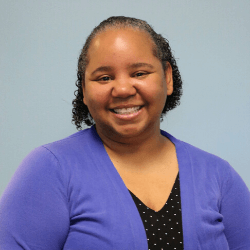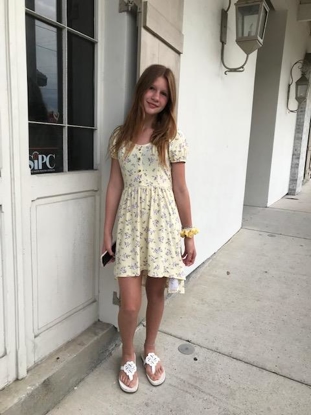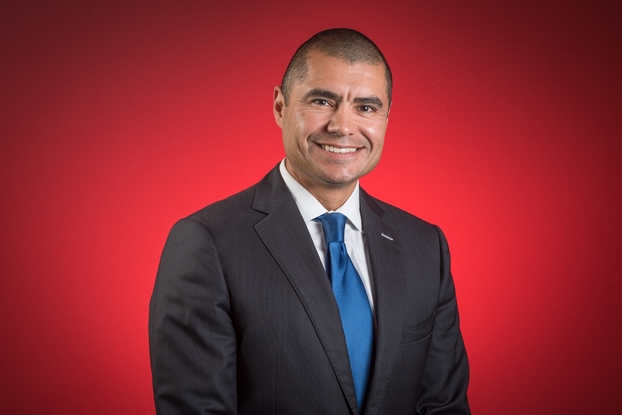The art of inclusion
- Posted on:
- Written By: Monet Somerville

March is Developmental Disabilities Awareness Month. This special recognition month brings awareness to the inclusion of people with developmental disabilities into all areas of the community. Inclusion is defined as the action or state of including or being included within a group or structure. This means that children have a sense of belonging whether with their peers, family, school, or the larger community and feel they are valued. Unfortunately, because of how children look, sound, or possess characteristics of an exceptionality, not all children experience the feeling of being included. Teaching your child to be more inclusive can help other children feel that sense of belonging.
Parents are a child’s first teachers and can mold them and encourage certain behaviors and beliefs that can impact how that child interacts with others. Modeling behaviors that support an inclusive belief system teaches children to be inclusive. Instilling these practices can start small. First, ask yourself these questions:
- Does my child play with children that look or acts like him/her the majority of the time?
- Do I use derogatory labels about other children, even subtle language such as crazy or bad?
- Do I stare at a child who looks or behaves differently?
If the answer to any of these questions is yes, your child may be learning to exclude people. Parents can learn the respectful language to describe a child’s condition. For instance, instead of saying the “crazy child” you could say that child may have an exceptionality.
Another way to teach children about inclusion, is to point out to your child the similarities between them and other children. It is also important to recognize the uniqueness of each person without exclusion language. For example, you may point out that a child in a wheelchair needs his/her wheelchair to move around. It is just a different way to get to the same place. Also, reading books about inclusion with children can help them to understand how to see the similarities and uniqueness in each person.
Finally, parents can find teachable moments in everyday interactions. If your child asks a question about another person’s exceptionality or uniqueness give them a truthful answer. It is ok if you don’t know. Learn about exceptionalities and how to support someone together by volunteering at organizations that work with individuals with exceptionalities such as Volunteers of America and/or attending events that celebrate exceptionalities.
Each person is different and that is not a bad thing. Each person’s uniqueness can be a learning opportunity and an enriching experience that can have a lifelong impact on a child. Teaching children to be more inclusive can increase a child’s ability to be empathetic and kind to everyone. The golden rule is to treat others as you would want to be treated, but the platinum rule is to treat others as they would like to be treated. So, take the opportunity to learn about exceptionalities and how people would like to be treated to expand the feeling of inclusion to everyone you and your child meet.
 Monet Somerville, MS
Monet Somerville, MS
Parent Educator
Monet received her Bachelor’s of Arts in Psychology from North Carolina Wesleyan College. She then went on to receive her Master’s in Science in Psychology with a Concentration in Child and Adolescent Development from Capella University. She is currently pursuing her PhD in Developmental Psychology with a Concentration in Child and Adolescent Development. Monet is also a licensed Trust Based Relational Intervention Practitioner.
Prior to working to The Parenting Center, Monet worked as a Case Manager in a residential facility for adolescent girls who were in foster care but were unable to be placed in a foster home. She also taught foster parents about child development and the impacts that positive parenting can make on a child.



